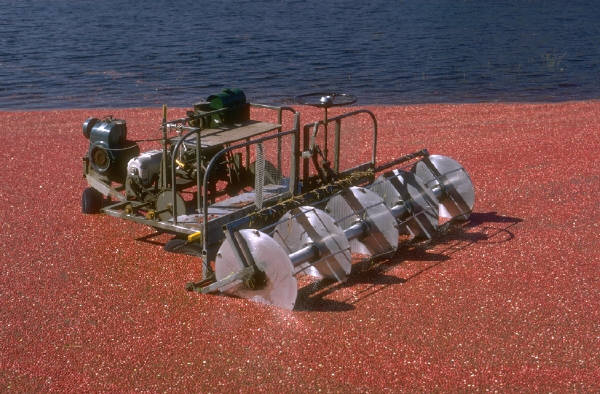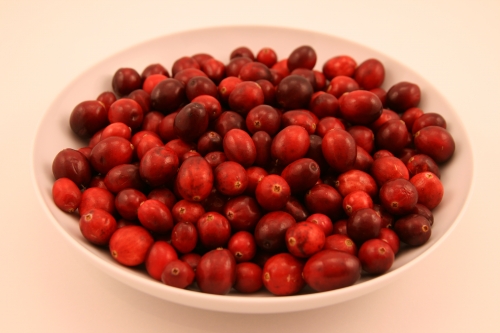How has Vaccinium oxycoccus adapted to its
surroundings?
The roots of the Vaccinium oxycoccus grow horizontally and are
constantly being covered by the growth of Sphagnum. In order to be able
to survive the Vaccinium oxycoccus must grow verticle shoots up away
from the Sphagnum. These shoots contain leaves that aid in
photosynthesis in the Vaccinium oxycoccus. (Jaquemart p. 386)

Water is a very important part of the life cycle of Vaccinium oxycoccus.
The yield of the actually cranberry fruit is very dependent on the amount of
flowers produced the year before. Low rain fall and low air temperatures
drastically reduce the number of surviving flowers in a given year. Early in the
year the flowers of the Vaccinium oxycoccus are able to go dormant in
order to try and ride out early frosts and low rainfall. (Jaquemart p. 387)
Vaccinium oxycoccus has also been able to over come some nutritional
shortages by a mutualistic relationship between it's roots and the fungus
Hymenoscyphus ericae. These fungi help to detoxify the soil around the
plant and help it gather nutrients. (Jaquemart p. 387)
